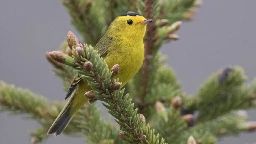Birds in North America will be renamed to avoid any 'harmful' historical associations with people
Birds in North America will be renamed to avoid any 'harmful' historical associations with people

apnews.com
Birds in North America will be renamed to avoid any 'harmful' historical associations with people

